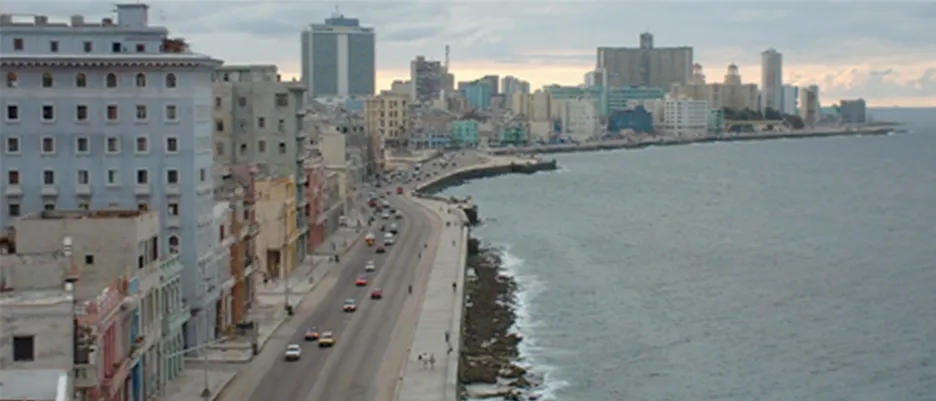havana.landscape
Diploma- | Master Projekt and Project III, Winter Semester 2007/08
public space in the antillean metropolis
"Between dreams and utopias, the city is becoming the scene once again. (...) The world of Fashion is second to none. Film, Literature, Dance, and Architecture are unstoppable. A thousand projects are taking shape from the most conservative to the most daring. The city both is and isn't the same as ever: shameless and photogenic, surrealist and revolutionized (...) preparing for a future that will, inevitably, arrive." (from: The H Magazine 2007)
This quote from a lifestyle magazine is hard to surpass in its relevance. The news headlines and cultural discussions of recent weeks and months have brought the topic of Cuba, with its political and social context, back into global attention. Cuba's unique political and social situation creates a public urban space that is influenced by both stagnation and transformation. It was important to explore this space and develop tools for sustainable management in an expected process of change. Are the processes of creating public space comparable to our learned perceptions? Are there regional differences or unique characteristics? Can these be applied to planning in other places? These were the questions we sought to address in this project. The goal was to examine and compare formal and informal processes in the formation of public space within urban structures.
Project
The study project havana.landscape was conceived as a research-oriented design project – "research by design." Based on various parameters from different thematic fields, strong and provocative design theses were developed after a theoretical and reflective examination of the site. These theses were then re-incorporated into the research work in a second phase of analysis, considering their potential impact on the site. At the interface between the first and second phases of the project, students visited Havana in January 2008 to verify the preliminary findings on-site and conduct a workshop with local experts. At the end of the project, the results, including the initial theoretical research phase and the second phase, were presented in the form of essays, as well as design projects in drawings and models.
Introduction Research
The research topics introduced in the project aimed to help understand the subject of Havana. The focus was on the development of urban spaces and an approach to the cultural environment. The following thematic areas were explored and summarized in a brochure as a common working basis:
- 400 Years of Architecture: Architectural history and typological peculiarities of Havana.
- Planning Approaches since 1900: Master plans of power – Urban development plans under Machado, Batista, and Castro.
- The Latin American Metropolis: Structural and demographic trends and development tendencies since 1945.
- Planning and Construction during the Special Period: Special features of construction under international blockade policies.
- The Tourist Regime: Regionality and global image under the influence of the tourism industry.
- Following in Humboldt's Footsteps: Vegetation and climatic peculiarities of the Greater Antilles.
- The Generic City or the Myth of Havana: Authenticity of a tourist image.
Project participants: Thorsten Deppe, Christina Rittel, Rebecca Faller, Nora Menzel, Christine Jakoby, Eva Grimme, Lisa Höpfl, Lisa Gritto, Nanette Knoll, Iris Kopp, Rupert Schelle, Johanna Franke, Kilian Gerle, Deny Paola Erazo Bravo, Christina Schubert
A project brochure is available at the chair.
Supervision
Prof. Regine Keller, Dipl.-Ing. Volker Kleinekort, Dipl.-Ing. Thomas Hauck, Dipl.-Ing. Doris Grabner
Guest Critc
MAS LA ETHZ Thomas Knüvener, Matthias von der Recke, Prof. Dr. Ruban Bancroft Hernandez (CUJAE)
